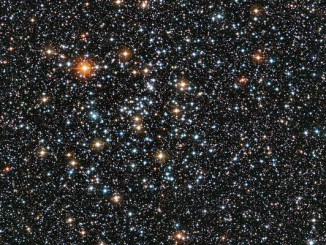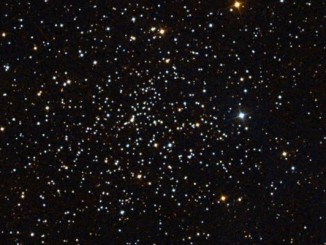
Want to build a star cluster?
Take a dense cloud of interstellar gas 500 light years across, throw in the right amounts of turbulence, gravity and radiation pressure and then sit tight for five million years or so. When your timer goes off, you should end up with clusters of bright stars that can merge with others to form even vaster globular clusters.
“Our work shows that, given a large enough collection of gas, a massive star cluster is the natural outcome,” says Corey Howard, co-author of a paper published 25 June in the journal Nature Astronomy.
“Since massive star clusters trace the conditions of the galaxies in which they form, we may also be able use this knowledge to reverse-engineer the conditions in the distant universe,” he added.
Corey, Ralph Pudritz and William Harris at McMaster University developed sophisticated software that can simulate the evolution of star clusters. Using Canada’s largest supercomputer centre, the researchers ran the simulation for a month, creating simulated clusters that closely match their counterparts across the Milky Way.
The research indicates star clusters, regardless of their size, form in the same way. Changing the amount of gas available at the start of the simulation, and taking turbulence, gravity and radiation pressure into account, results in clusters of various sizes over the course of a few million years.
“This is the first convincing route to modelling the formation of star clusters,” Harris said. “It applies across all mass scales – little clusters and big ones – and it should work at any particular time in the universe’s history, in any particular galaxy.”



